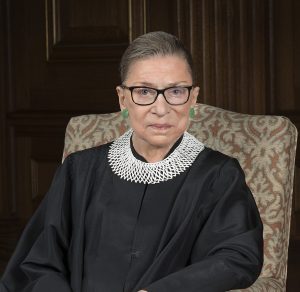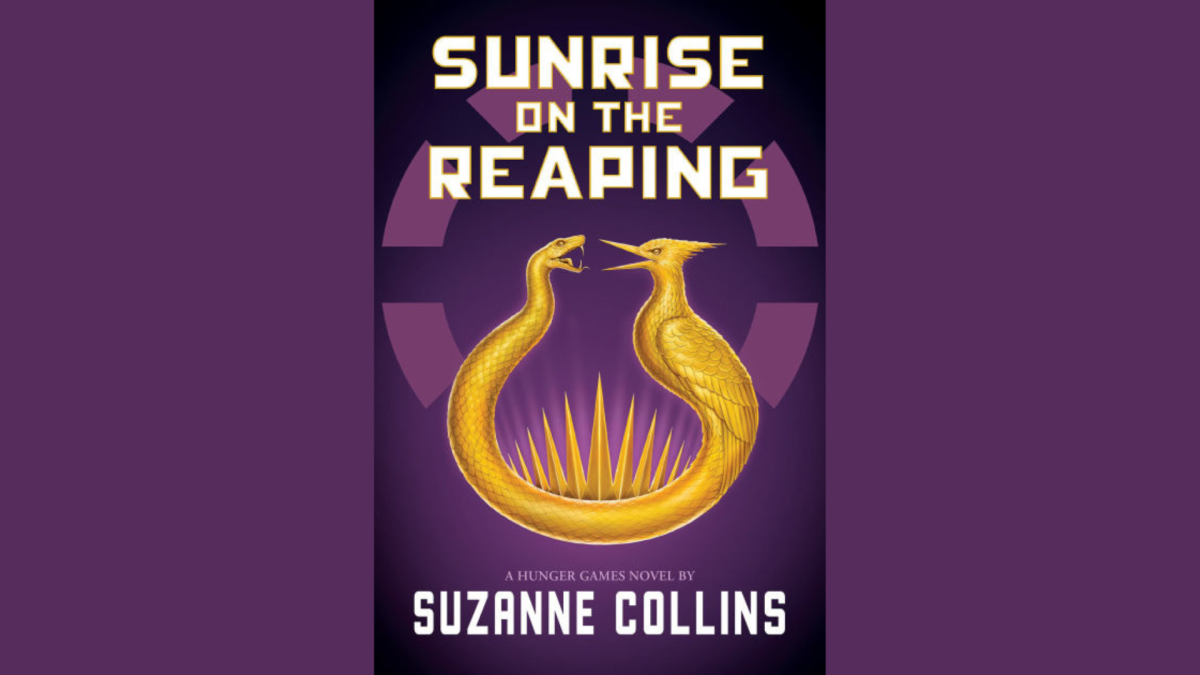Did you know?
September 25, 2020
Early Years:
- She entered Cornell University on a full scholarship.
- (1954) Graduated from Cornell at the top of her class.
- After graduating Cornell, she continued her studies at Harvard Law School where she was one of nine women out of a class of 500.
- The first woman to become a member of the editorial staff of the Harvard Law Review.
- (1959) Ruth finished her legal education at Columbia Law School where she graduated at the top of her class.
Occupation:
- (1959-61) Despite having excellent credentials, she struggled to find work because she was a woman and a mother. However, after one of her Columbia law professors recommended her and convinced Judge Edmund Palmieri to offer clerkship to Ginsburg, she was able to find a job.
- (1963) When hired by the Rutgers School of Law as an assistant professor, she was asked by the dean of the school to accept a low salary because of her husband’s well-paying job.
- (1970) Became professionally involved in the issue of gender equality when asked to introduce a student panel discussion on the topic of “women’s liberation”.
- (1971) Published two law review articles about “women’s liberation” and taught a seminar on gender discrimination.
- (1972) Became founding counsel of the ACLU’s (American Civil Liberties Union) Women’s Rights Project and co-authored a law school casebook discussing gender discrimination.
- (1972) Became the first female to have an occupation as a faculty member at Columbia Law School.
- (1980) Democratic U.S. President Jimmy Carter appointed Ginsburg to the U.S. Court of Appeal for the District of Columbia Circuit.
Appointed Supreme Court Justice
- (1993) Former Democratic U.S. President Bill Clinton nominated Ginsburg to the Supreme Court. She was supported unanimously by the Senate Judiciary Committee and confirmed by the full Senate on August 3rd by a vote of 96-3.
- Although Ginsburg tended to vote with other liberal justices in Court, she got along well with most of her conservative peers including Justice Sandra Day O’Connor and Justice Antonin Scalia.
What else has she done for women?
- Before Ginsburg, state funded schools didn’t have to admit women.
- (1996) United States vs. Virginia case: Ginsburg wrote the majority opinion that it’s unconstitutional for state-funded schools, schools funded by taxpayer dollars, to have the authority to not have to admit women.
- Before Ginsburg, women couldn’t sign a mortgage or have a bank account without a male co-signer.
- (1974) Ginsburg helped to introduce and carry out the Equal Opportunity Act, which passed in 1974. This act allowed women to apply for credit cards and mortgages without a male co-signer.
- Ginsburg helped women come closer toward equal pay.
- (2007) Ginsburg descended from the Supreme Court’s decision on the pay discimination case Ledbetter vs. Goodyear Tire & Rubber Co.
- Ginsburg helped the Supreme Court preserve Roe vs. Wade.
- This was the case in which the Supreme Court found it a constitutional right for women to have abortions.
- Ginsburg argued that excluding or firing a woman from the workspace because of her reproductive choices is sex discrimination.
- Ginsburg argued that women should serve on juries.
- (1979) Duren vs. Missouri case: jury duty was optional for women in many states because it was viewed as a burden for women whose role was seen as “the center of home and family life.” Ginsburg argued that women should serve on juries on the basis that they are valued the same as men.
- Ginsburg was a key vote in granting same-sex marriages.
- (2015) Obergefell vs. Hodges Case: allowed queer women and all of the LGBTQ+ community the right to same-sex marriages in all 50 states. This ended in a 5-4 ruling.






